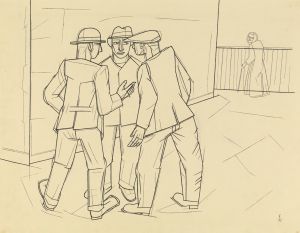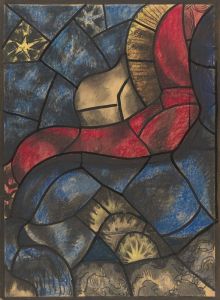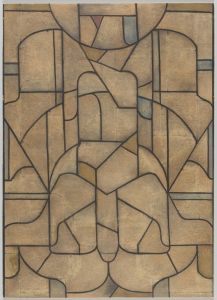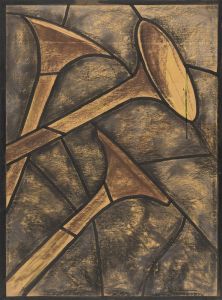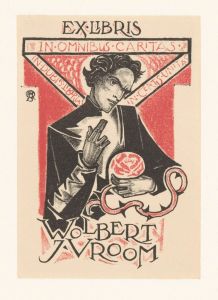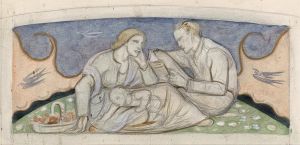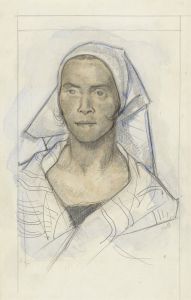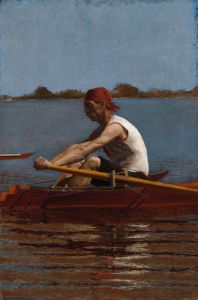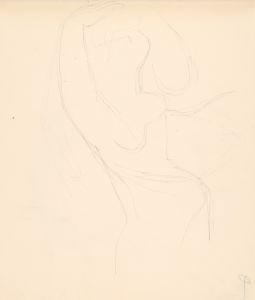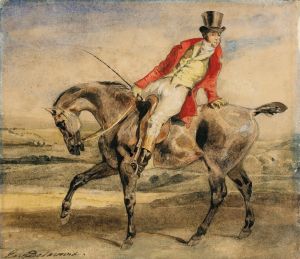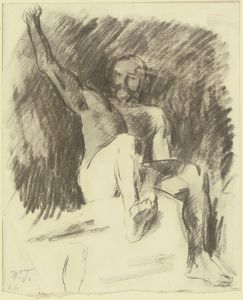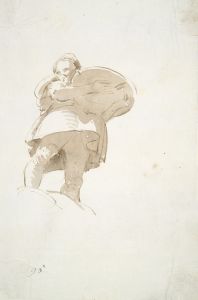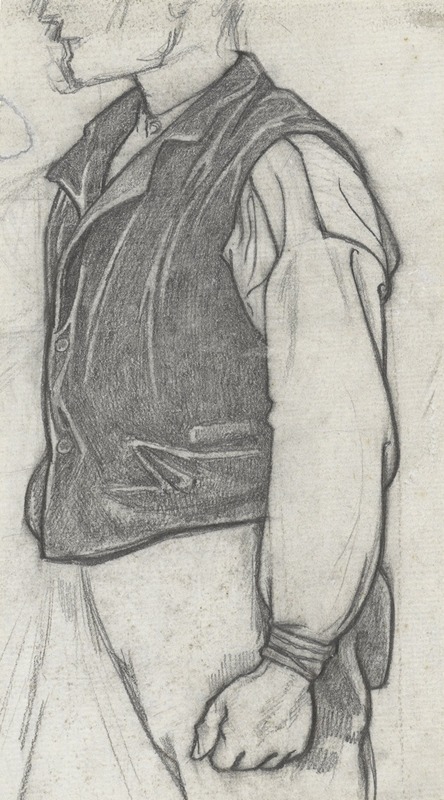
Bovenlichaam van een man met gebalde vuist
A hand-painted replica of Richard Nicolaüs Roland Holst’s masterpiece Bovenlichaam van een man met gebalde vuist, meticulously crafted by professional artists to capture the true essence of the original. Each piece is created with museum-quality canvas and rare mineral pigments, carefully painted by experienced artists with delicate brushstrokes and rich, layered colors to perfectly recreate the texture of the original artwork. Unlike machine-printed reproductions, this hand-painted version brings the painting to life, infused with the artist’s emotions and skill in every stroke. Whether for personal collection or home decoration, it instantly elevates the artistic atmosphere of any space.
Richard Nicolaüs Roland Holst (1868-1938) was a prominent Dutch painter, draftsman, and lithographer, known for his contributions to the Symbolist movement in the Netherlands. One of his notable works is "Bovenlichaam van een man met gebalde vuist" (Upper Body of a Man with Clenched Fist), which exemplifies his artistic style and thematic focus.
"Bovenlichaam van een man met gebalde vuist" is a striking piece that captures the intensity and emotion of its subject. The painting depicts the upper body of a man, with a particular emphasis on his clenched fist, which serves as a focal point of the composition. The clenched fist is a powerful symbol, often associated with strength, determination, and resistance. This imagery aligns with the broader themes of social justice and human struggle that Roland Holst frequently explored in his work.
Roland Holst was deeply influenced by the socio-political climate of his time, and his art often reflected his commitment to social causes. He was an advocate for workers' rights and was involved in various socialist movements. This ideological stance is evident in many of his works, including "Bovenlichaam van een man met gebalde vuist," which can be interpreted as a visual representation of the working class's fight for justice and equality.
The painting is characterized by its strong lines and dramatic use of light and shadow, which enhance the emotional impact of the image. Roland Holst's technique demonstrates his mastery of form and his ability to convey complex emotions through simple yet powerful imagery. The man's muscular torso and the tension in his clenched fist are rendered with meticulous detail, highlighting the physical and emotional strain of his struggle.
Roland Holst was part of a broader artistic movement in the Netherlands that sought to merge art with social activism. He believed that art should serve a higher purpose and be accessible to the masses. This philosophy is evident in his choice of subjects and his commitment to creating works that resonate with the common people. "Bovenlichaam van een man met gebalde vuist" is a testament to this belief, as it captures the essence of human resilience and the fight for a better future.
Throughout his career, Roland Holst received recognition for his contributions to Dutch art. He was a member of the Amsterdamse Joffers, a group of artists who were known for their dedication to realism and social themes. His work was exhibited widely, and he played a significant role in the development of modern Dutch art.
In conclusion, "Bovenlichaam van een man met gebalde vuist" by Richard Nicolaüs Roland Holst is a powerful and evocative painting that reflects the artist's commitment to social justice and his ability to convey deep emotional and political messages through his art. The painting remains an important piece in the study of Dutch Symbolism and the broader context of socially engaged art.





